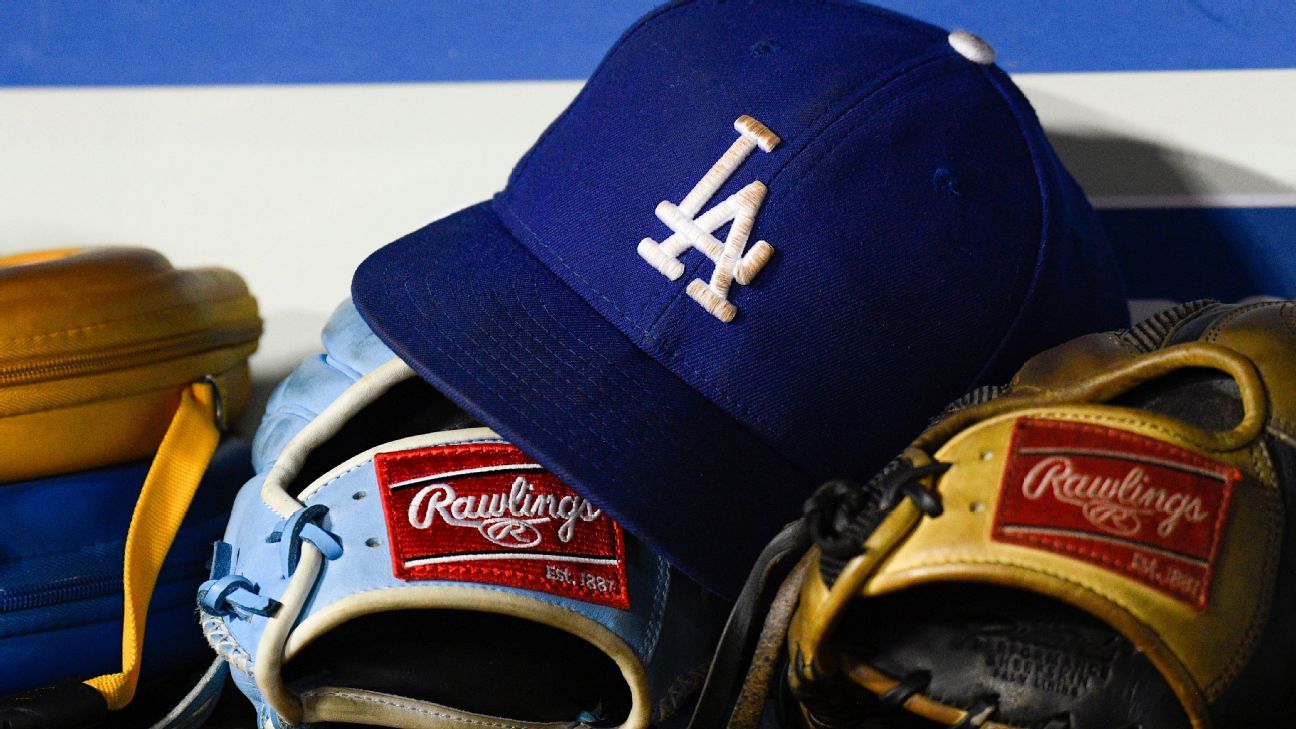
"It is embarrassing for us, especially when you have a cricketer as chairman," Ramiz said, speaking to media during the lunch break on the second day of the Test. "This is not a good advert for cricket. We're a better cricketing nation than this."
The quality of Test match pitches has become a point of intense scrutiny, effectively since the day Ramiz took over as chairman last year when he promised to bring drop-in pitches to Pakistan. While such talk has continued apace in the past 15 months, tangible progress on the subject has been non-existent, with Ramiz decrying the costs of having them shipped from abroad as prohibitive.
"Ultimately, the only situation is a drop-in pitch. Which is extremely expensive if we're bringing it from abroad. Instead, we're developing soil here for drop-in pitches. That way, we can prepare square turners or bouncy wickets depending on what we want.
"This is not an issue of not leaving grass on the pitch. The grass looks good from the point of view of optics. We need to create bounce, which can happen without grass, as happens on Australian pitches. They don't leave lots of grass on the pitch. We get different pitches in Sydney, Melbourne and Perth.
"We have the same pitches because we get the same kind of soil. We've tried to bring a creator from abroad; we needed to bring a curator from Australia for the Lahore Test, because the situation had got out of hand. When I want a spinning pitch, we don't get that either, so it ends up being half and half. We don't want that."
While Ramiz implied there were structural issues undermining pitch preparation in Pakistan, there had been relatively little controversy about the quality of the surfaces for Test series until Australia's visit to Rawalpindi in March. The pitch for that match produced 14 wickets in five days, and was awarded a poor rating and docked a demerit point by the ICC.
Eighteen of South Africa's 20 wickets fell to Pakistani pace bowlers, an advantage that Ramiz acknowledged Pakistan needed to capitalise on. Even the surface in Karachi at the time produced an absorbing contest, with Pakistan triumphing by seven wickets on the final day.
Ramiz's repeated talk of overhauling pitches in Pakistan has led to criticism that the PCB chairman is micromanaging their preparation. That speculation isn't completely unwarranted, either, with Ramiz flying in Toby Lumsden, a former curator at the MCG, to help with the Gaddafi Stadium surface ahead of the third Test against Australia.
Ramiz, however, insisted he did not interfere in the preparation of individual Test match pitches. "The board doesn't direct how pitches are made. I've left this to the thinktank. We look at our strengths and then the pitch and then make selections. I try and limit my involvement because otherwise I can't hold people accountable. For accountability you have to cede control. I aim to create a pitch that ends up defining our tactics so a template is set.
"We live in the dark ages of pitches in Pakistan. They aren't exposed in T20 and 50 overs but they are in Test cricket. We lived in an apartheid situation where teams didn't come here. Pakistan players had played 70 Tests without playing here. It's an achievement that we managed to stay afloat. We've tried everything, bringing in a curator from abroad. Pitches are the lifeblood of cricket in a country, but having said that, I've never seen batting like England's on Day 1 either."
Ramiz, however, warned there would be little immediate improvement to that situation. "This will improve by next season. Unfortunately we'll see the same kinds of pitches for the New Zealand series."
Danyal Rasool is a sub-editor at ESPNcricinfo. @Danny61000















 Phone: (800) 737. 6040
Phone: (800) 737. 6040 Fax: (800) 825 5558
Fax: (800) 825 5558 Website:
Website:  Email:
Email: 






